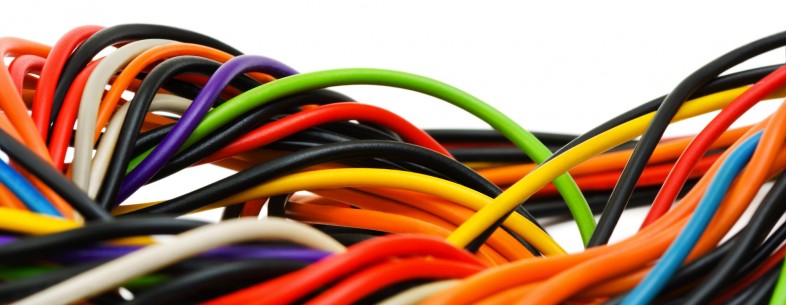Big Data is one of the latest phenomenon to hit tech news. This is no surprise as experts in the industry are constantly abuzz about the benefits of Big Data on marketers and any business trying to get deeper insights about their consumers. Yet, for many this new idea of data collection remains a mystery.
So what’s the big deal about Big Data?
Big data is the hottest method for businesses to target their audiences, analyze their outreach, and understand how to craft the most effective marketing effort possible. For the tech world, the devices get smaller, but the data keeps getting bigger.
Think ‘Big’ — no, seriously
It’s important to first understand exactly what Big Data is. The first thing to consider is that Big Data is made up of the three V’s: Volume, Velocity, and Variety.
Volume is the large amount of data that can be stored. Advances in technology allow us to store a lot more information into smaller amounts of space. As hard-drives get larger, and languages like Hadoop allow programmers to cram more information into smaller code, we are able to store giant data sets that are far larger than any in the past.
Velocity is the rate at which this data is collected. Rather than hand-recorded information, computers are able to constantly record online activity as it happens. This allows for rapidly expanding amounts of data to be stored. Today, computers continuously collect data at a consistent rate from anywhere at anytime.
Variety refers to the vast, diverse types of data that the computers can track. Where humans were once limited to only knowing a small set of information (the information voluntarily given by the subjects), businesses now have a much deeper look at everything a person is doing—from how long they stay on a webpage to what purchases they make online, with minimal error.
Farming social media
So how does social media play into the phenomenon of Big Data?
When you think about it, social media is one of the largest data farms out there. No, I’m not talking about Farmville. Through social media, people are publicly stating their opinions on products and services, checking into businesses, and providing deeper insight into every facet of their lives. This becomes a huge opportunity for businesses to collect and analyze all of these preferences. This provides a sample size of hundreds of millions of people across a handful of social networks all feeding personal data.
With a larger set of information to draw from, businesses get a stronger understanding of how consumers behave. They can analyze broader trends based on what people are doing with a higher accuracy rate because everyone is contributing unfiltered information.
This constant stream of social data allows companies to discover new, creative ways to showcase and analyze consumer behavior. The only limit is how they connect all the data together.
Connecting big data and social
So how is this data shaping tech? The possibilities are endless.
At its most basic, companies can now effectively monitor everything said across different social networks. With this virtual omnipresence, companies can quickly respond to a customer complaint, suggest a purchase, or promote their product to their audiences.
Machine Learning allows businesses to engage with users and garner the most reach possible. By collecting heaps of data from previous posts and user activity, computers are able to analyze what is the best time to post to social networks.
Digital storytelling is also an interesting way to break down all the information in a fun and informative way. By now, majority of people have seen a compelling infographic, but some content creators are going deeper. SGI, a digital graphic and computer solutions company, made a video showing the evolving conversation around Hurricane Sandy. Through the video you can see the GPS locations of tweets regarding the hurricane as it travels across America.
The most popular (and perhaps creepiest) example of effective use of Big Data was by Target. By tracking consumer purchasing patterns and ‘likes’, Target’s predictive analytics were able to accurately determine that a teenage girl was pregnant before her family knew.
Big Data is still a bit of a mystery as there are new ways of use being developed every day. If you’re interested in diving into this new phenomenon there are different ways you can get your hands on Big Data including: collecting it yourself with low-cost programs, buying the data from database companies, or collecting it from social media monitoring suites.
Either way, don’t sleep on this new concept — it’s an invaluable asset to finding and understanding your audiences. When it comes to data, bigger is better.
